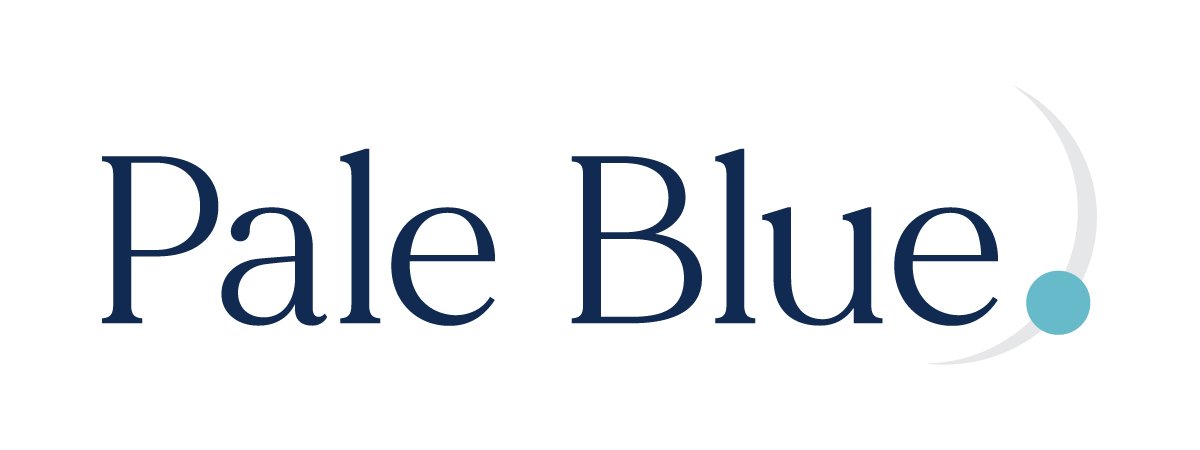Family Seeing is: Seeing Culture. Seeing Dignity. Seeing Justice. Seeing Equality.
3 Principles:
What is predictable is preventable.
The brain and the body want to heal.
Our biography is our biology.
3 Lessons:
Catalyze. Convene. Facilitate.
We learn best in groups teaching one another.
Young people and families are our greatest teachers.
3 Truths:
Human connection is required for healing, restoring, and building health and development. Safety is temporary without healing.
Investigations that tell only the story of the harm and its consequences, which result in dismembering practices (families, siblings, culture, and community) reduce the opportunity for recovery, resulting in suffering and moral injury for all involved.
What is most exciting about working with all individuals and families is their ability to heal and thrive in the context of relationships and equitable experiences.
3 Values:
There is a vast untapped resource that will fuel a transformation in our society's struggle with its most significant social challenges.
We can learn to see these vast stores of human capabilities within people, families, communities, and cultures. Acting not to solve social problems for people with services, treatment, and so-called models, but to support families and young people to create liveable lives with self-determination and dignity.
Not simply finding, but SEEING people and the capabilities rather than problems alone, requires standing in a new place, usually with people as they face the challenges that most affect their lives.

N.E.A.R. Science
A revolution in N.E.A.R. (neuroscience, epigenetics, ACEs, and resilient communities theory) science over the past thirty years has created opportunities to rethink our ideas and use of networks, family meeting practice, and healing as forums for catalyzing, convening, and facilitating.
N.E.A.R. science identifies the frameworks for families’ work to provide healing for 1. Children who have experienced disruptions in childhood development, 2. Parents struggling with their own physical health challenges, addictions, and mental distress, 3. Families dismembered by intergenerational trauma.
Family Finding supports families to live safely and well within relationships rather than medicalizing, problematizing or dismembering families based on the idea that people insist on making “bad choices” or are somehow broken, and therefore without the possibility of repair. Instead, most families who encounter child protection systems are deeply affected by economic insecurity, social isolation, racism, and classism. Each of these has serious consequences for health and wellness. The adult behavior which leads to child safety concerns is more accurately and justly seen as a consequence of living unlivable lives. Changing our viewpoint of the origins of suffering and the resulting biological adaptation points to revolutionary opportunities to help parents and children heal and thrive.
Family Finding organizes around a theory of change in child and family systems: safety, for children or families, is temporary without healing. Parents, relatives, and naturally occurring community and cultural support are the agents of change in Children’s lives. Government and their contractors and volunteers exist to support families, not replace them.
Essential Components:
1. Urgency:
Family Finding views meaningful, supportive, permanent relationships with loving adults as essential needs that are tied to youth safety. Safety in its whole cannot be achieved without connection and belonging. Family Finding asks practitioners to urgently pursue and heal relationships for youth by assertively engaging family and strongly challenging the structural barriers to developing or strengthening those relationships.
2. Expanded definition of permanency:
Although physical legal permanency is an explicit outcome for most cases, Family Finding defines permanency as a state of permanent belonging. Belonging includes knowledge of personal history, identity, and culture, as well as a range of involved and supportive adults rather than one legal resource.
3. Effective relative search:
Family Finding employs a variety of effective and immediate techniques to identify relatives and other meaningful connections. Creation of a large group of people to form a collectively, unconditional, committed network to facilitate healing is essential.
4. Family-driven processes:
Family Finding recognizes that families are disempowered by the placement of relative children outside of the family system, and it seeks to remediate that harm through identifying the strengths and assets of each family member and facilitating processes through which families are able to effectively support their relative children.
5. Development of multiple plans:
The Family Finding process will result in not just one plan, but multiple plans that are each able to meet the needs of disconnected youth. Plans are evaluated by family members to ensure they are: realistic, sustainable, safe, and facilitate healing.
6. Well-defined roles:
Family Finding includes professionals aligning around a role of catalyst, convener, and facilitator. Networks made of family members, young people and other supportive adults are the drivers of planning, decision making, and solution building.






